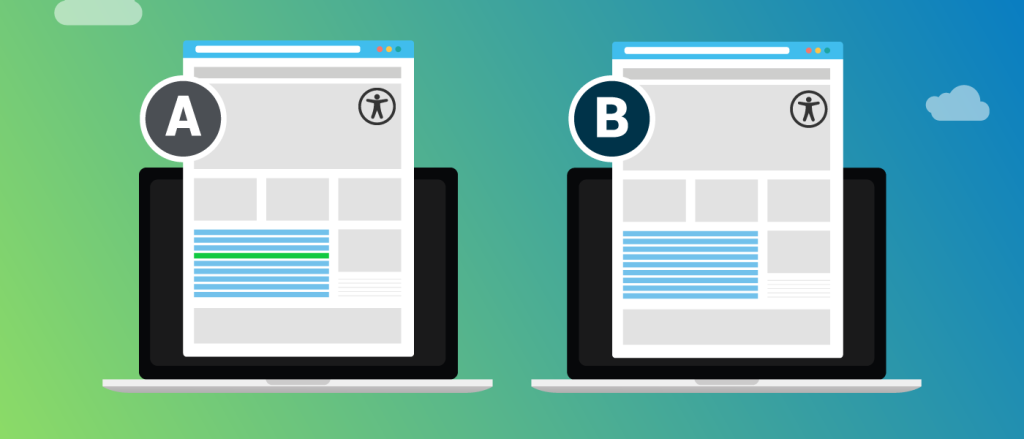If you’ve ever used two different accessibility testing tools, you will likely have noticed that the results can vary significantly. This is, in part, because tools have different rulesets. But even for rules that should be the same, significant differences exist due to tools handling edge cases in different ways. And unfortunately, when it comes to accessibility testing, edge cases are everywhere.
To try and improve this situation, the World Wide Web Consortium (W3C) created Accessibility Conformance Testing (ACT) Rules. These are rules where the W3C lays out precisely how to handle Web Content Accessibility Guidelines (WCAG) edge cases. This week, the W3C announced the publication of the ACT Implementations List. This list shows how consistent different test tools and auditors are with rules written by the W3C.
What are ACT Rules
One of WCAG’s greatest strengths is its technology-neutral language. This allows WCAG to stay relevant as technologies change. In order to apply WCAG, however, a “translation” needs to happen from the neutral definitions of WCAG to the terminology used in different software languages like HTML. For example, the term “text alternative” in WCAG is something called “accessible name” in the lingo of web pages. That one’s fairly straightforward, but it gets a lot trickier than that.
With ACT Rules, the W3C provides an up-to-date “translation” of the most commonly applicable parts of WCAG, for the most used technologies on the web. By applying these rules, tools like axe-core, axe DevTools, and auditing solutions like axe Auditor can make sure testing happens as it is intended by the W3C. And with the test suite that is part of ACT, we can validate that our solution works as intended.
A New Era of Web Accessibility
One of the key innovations in browsers in the 2010s was the introduction of common test suites for web technologies. These tests showed where browsers differed, and which browsers had the broadest support for web technologies. The test suite that is part of ACT Rules does the same for accessibility auditors and testing tools. And now that there is a list of ACT implementations, organizations can start to show how consistent their test solutions are with the W3C’s rules for WCAG and Accessible Rich Internet Applications (ARIA).
The W3C’s ACT Implementation list includes a variety of test tools and methodologies. Any tool or methodology with a published ACT test report can be added. While these results are self reported, anyone with access to the same test tool can verify the accuracy of the results.
There are certainly some notable absences from the ACT Implementation list. I hope that as this resource becomes better known, more organizations will join the likes of Deque, IBM, and Siteimprove in sharing their ACT reports with the W3C. For anyone looking, the W3C has created a page on how to submit an ACT implementation.

